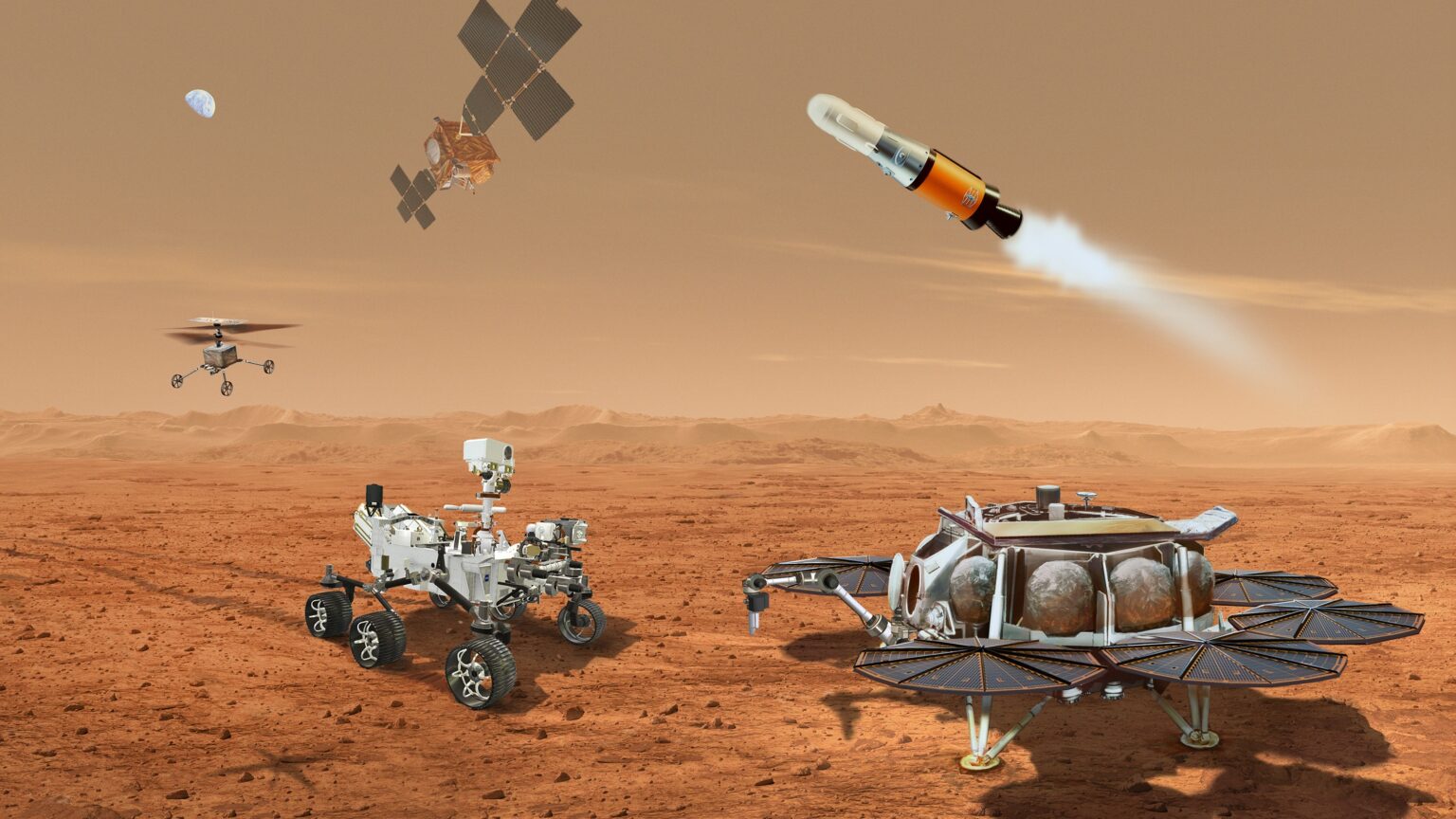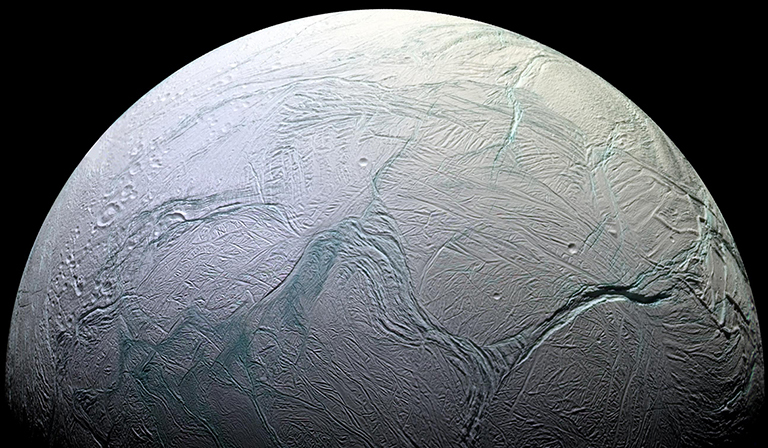NASA does not have enough money for all scientific projects planned for the next decade. Despite this, programs to return samples from Mars and search for life on it will be implemented. The agency will also prepare missions to study Uranus and Saturn’s icy moon Enceladus.

NASA research projects and budgets
On August 18, NASA’s Planetary Sciences Department held a conference dedicated to the implementation of the programs proposed by scientists for the next decade. It offers two programs with different levels of funding. The “recommended option” provides for expenditures of USD 41.1 billion from 2023 to 2032. This will be enough to implement bold research projects on the outer planets of the Solar System.
The “basic option” provides for spending over a decade at the level of USD 35 billion. In this case, NASA will be able to develop a plan to send a probe to Uranus, but the research program of Saturn’s moon Enceladus will have to be postponed for another decade.
Thus, according to the director of the Department of planetary Sciences, Lori Glaze, budget forecasts do not allow to satisfy even the basic level. By 2026, funding is expected to reach USD 3.2 billion per year, and in 2027 it is planned to increase to USD 3.3 billion. Meanwhile, in the middle of the decade, for the successful implementation of programs, it is necessary to reach the level of USD 3.5 billion per year.
Martian missions
One thing is for sure. Mars exploration remains a top priority for NASA’s planetary department, and there will definitely be enough money for these missions. First, we are talking about the Mars Sample Return spacecraft, which should return to Earth samples collected by the Perseverance rover.
Scientists will also try to send a probe to the red planet at the beginning of the next decade to search for signs of life with Mars Life Explorer. The Endurance-A program is also under consideration, which provides for the creation of a lunar rover to return samples of lunar rocks to Earth.
Exploration of the outer planets
Despite the fact that Uranus is farther from the Sun than Saturn, NASA plans to explore it first. It is planned that work on the probe flying to this planet will begin in 2024, and it will be sent into space in the early 2030s.
As for the mission to study Saturn’s icy moon Enceladus, it still remains in question. If work on it starts, it will happen closer to the end of this decade.

But the project to study the subglacial oceans on the moons of giant planets has already been rejected. Also, NASA will not work on projects for a flight to Venus in the next decade. Perhaps they will be offered in some other way, but there is no money for them yet.
According to spacenews.com
Follow us on Twitter to get the most interesting space news in time
https://twitter.com/ust_magazine

